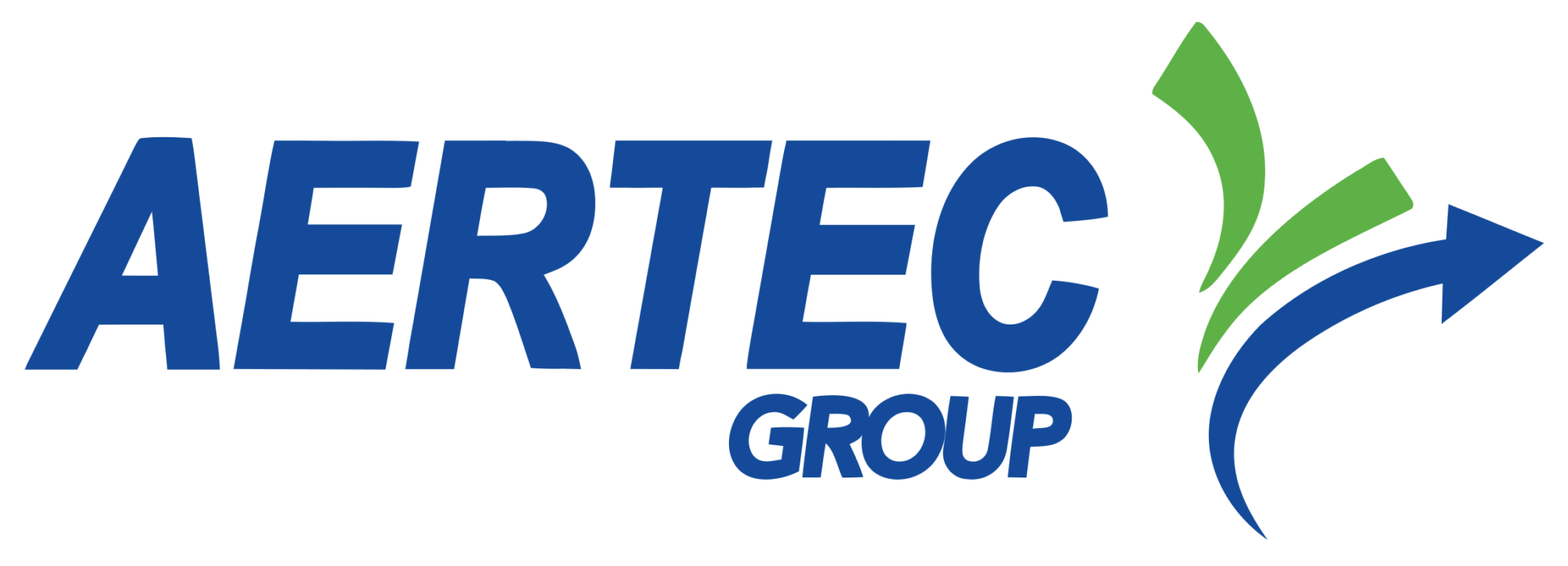Board documents are an essential source of information that guides the most important decisions that keep the company on the right track. Too much information can overwhelm members of the board and lead to ineffective decision-making, whereas too little means the board is missing crucial insights or may lose control of the business. To avoid Board Report this, board members must have access to comprehensive and accurate information that is easy to digest and well-organized. This article offers best practices for preparing effective board documents that satisfy these requirements.
Effective board documents contain the most current and pertinent information that is directly linked to the strategic decision in question. They are concise, clear and follow a formal style. They avoid jargon and technical terms. Information should be adapted to every director’s needs, since boards have diverse backgrounds. Marketing jargon for example is not relevant to finance professionals. If you are creating documents for boards, you should include a glossary of any specific terms or acronyms. This will ensure that all readers are able to comprehend the document.
Additionally, the board should establish its own internal guidelines and standards for preparing board documents. This includes using a template, deciding on the preferred fonts and creating an appendix that can share sources or provide additional information. The board should also set guidelines for the quorum of a meeting and the number of directors required to be present at the. This will ensure that all directors are able to participate and be heard.
Boards should distribute the board meeting materials well in advance to allow enough time for directors reviewing them prior to the meeting. A week is a good time frame to allow directors the time they need to read and prepare for the meeting.
